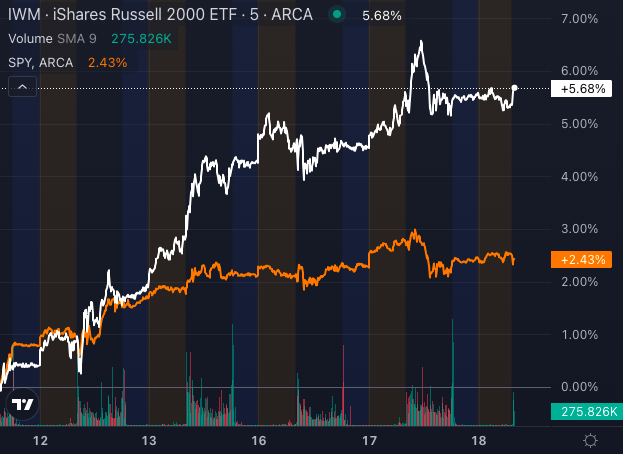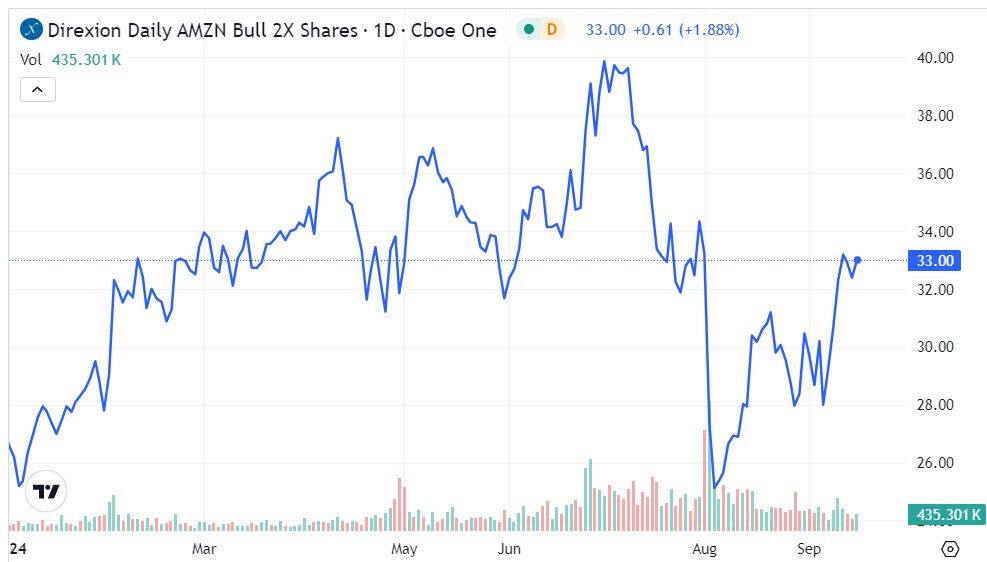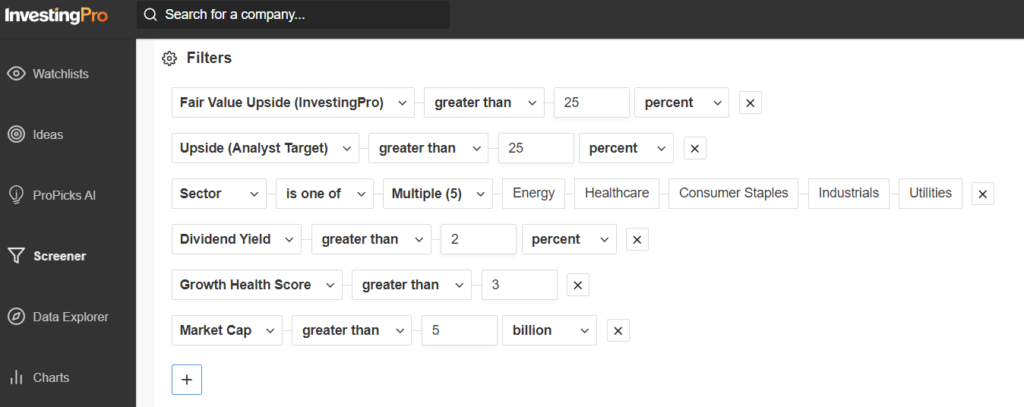Maxing out a 401(k) can be a powerful financial move – a tsunami of cash steadily building to a potential fortune upon retirement. Contributing the maximum sum of $23,000 ($30,500 if aged 50+) may blossom into a bountiful harvest worth hundreds of thousands of dollars in the distant future.
Yet as enticing as this savings goal sounds, achieving it is akin to climbing Mount Everest – formidable, challenging, and often elusive. Personally, I never reached the pinnacle of full contribution during my 401(k)-holding tenure. Nowadays, as a self-employed individual, I allocate funds into a SEP IRA, still not managing to stash away the entire $23,000 in a single year. However, fret not if you’re in the same boat as I am.
The Value Beyond Maxing Out
While maxing out a 401(k) is admirable, it is by no means obligatory for a secure retirement. Unless opulence in the golden years is your objective, reaching the annual contribution limit isn’t a prerequisite for financial security. Picture this: aiming for a $1.5 million retirement fund. You could achieve this in less than 24 years by dutifully setting aside $23,000 annually, yielding an average 8% annual return. Alternatively, saving merely $464 monthly across 40 years, with the same return rate, could also land you at the coveted sum.
The latter scenario is a far more feasible route for most individuals. Yes, it demands patience – granting you fewer years of financial bliss. Yet, this approach ensures more disposable income for day-to-day expenses or indulgences throughout your career. Personally, I aim for a contribution percentage that doesn’t strain my finances but still places retirement saving as a top priority. With a resolve to set aside at least 15% of my yearly income, I find solace in being on the right trajectory.
With decades ahead in the workforce before retirement beckons, I possess ample time for strategizing. As my income potential grows, the prospect of amassing greater savings in the ensuing years brings a glimmer of hope.
Crafting Your 401(k) Plan
Instead of fixating on maxing out your 401(k), establish a target percentage or dollar value for your contributions, aligning with your personal retirement objectives. Let this serve as your guiding star.
Remember, if you receive an employer match, the burden of saving is lightened. For instance, targeting a 15% annual saving rate when your employer matches 5% means you only need to set aside the remaining 10%. Factor in your vesting schedule, especially if a job change looms. Some plans mandate a complete six-year tenure to claim full rights to matched funds upon departure.
Lastly, stay abreast of annual contribution thresholds. While the 2024 limits have been discussed, keep watch as these benchmarks evolve. Upon hitting the half-century mark, you’ll qualify for catch-up contributions, aiding in compensating for earlier years with lower contributions.
Conduct an annual review of your 401(k) contribution rate, adjusting whenever financial circumstances shift, such as a salary raise. Strive to strike a harmonious balance between present needs and future aspirations.
Unveiling the $22,924 Social Security Perk Often Overlooked
For many Americans, the race to amass retirement savings lags behind schedule. However, a treasure trove of little-known Social Security tactics could potentially ramp up your retirement earnings. Discover simple strategies that might boost your annual income by up to $22,924. By mastering the art of maximizing Social Security benefits, you could be on the path to a retirement filled with financial confidence and tranquility.
View more on the “Social Security secrets” »
The Motley Fool upholds a stringent disclosure policy.




